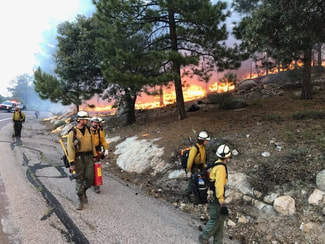 Firefighters, Bighorn Fire, 2020. Image From: Bighorn Fire Information Facebook page. Used with permission. Firefighters, Bighorn Fire, 2020. Image From: Bighorn Fire Information Facebook page. Used with permission. It was a cloudless day in 1994. I had just graduated from college and the “real world” loomed menacingly in my future. Knowing this, in all likelihood, was my last summer as a National Park Service ranger and wildland firefighter, I savored moments like these. The billow of smoke may have escaped a more hurried person’s eye. Luckily for me, I was being paid to watch - lizards, peregrine falcons, fires. For 6 seasons I had been paid to do what I love to do - sit on a rock and look. And on this day, the smoldering Juniper (Juniperus osteosperma) caught my attention. I radioed for backup and soon two furry BLM (Bureau of Land Management) rangers arrived in their truck. We got our tools and meandered the 400 feet or so from the dirt road to the burning bush. There was the lone tree riddled with drought and years of persisting smack in the middle of a red rock outcropping. “Some fire,” joked one of my comrades. The other wandered back to the truck to grab a tin of sardines and a bag of saltines. He offered it to me, and I declined. After fighting fires for 3 seasons I still couldn’t quite get used to the strange but popular culinary habit of canned sardines until there was nothing else to eat. Little did I know that so much of that summer would be spent on so many fires that I actually would come to have a fondness for the salty snack. Because I was the first to see the “fire” I had the honor of naming it - I was embarrassed about the backup call so I deferred to my rescuers. They decided to name it “The Berry Blaze.” Wildland firefighters are nothing if not hilarious. That summer was spent guiding hikes, tending the gift shop and fighting far more significant blazes that smoldered across western Colorado. At one point in early July, I found myself sitting on a van awaiting transport to the Glenwood Springs area where, only hours before the small fire had taken a turn for the worse and had claimed the lives of 14 firefighters. We were immediately reassigned as we sat in stunned silence in the cramped van. The Berry Blaze could never have become that fire, but still...with any fire, you just never knew. Of all the things I have gotten paid to do fighting fires was the most physically challenging (made collegiate basketball playing look like a beach vacation) and the most emotional. Watching places I love disappear into smoke and ash literally burns my heart. And yet the adrenaline is real and once you’ve been a part of that elite profession, it’s hard to ever see a wildland fire and not get a little hyped up. That’s what happened a few weeks ago, when I saw the light white smoke billowing peacefully off the mountain filling the deep blue sky in Tucson with wispy, seemingly harmless clouds. In the early hours and days, it looked a lot like Storm King in 1994 - that the fire was going to be an “easy one.” Burning low and seemingly pretty slow with little to fuel it; it looked as though the Bighorn Fire in the Coronado National Forest, on the beloved mountain north of town, would be quickly and permanently doused. Then came the winds - 55 mile per hour gusts - that relentlessly whipped the flames and a small blaze went from 3000 acres to 30,000 acres in only a few day’s time. Add to that low humidity and very high temperatures and, well, you just never know. The Bighorn conflagration has now burned upwards of 70,000 acres (1). Beloved high elevation forests likely gone for generations. Saguaros in the lower elevations have been reported to have, literally, exploded. I saw a post the other day that said something like, “learn your history...read books.” Not bad advice. But I would also argue that if you want to understand where we are ecologically, environmentally, if you want to understand the Bighorn fire, then you also must read more than just books. That is not to say there aren’t books on the history of fire. It might surprise you to know there are A LOT of books on the topic. Stephen Pyne, a historian at Arizona State University, has himself written at least 15 monographs on fire.(2) Just on fire. Fire in rural places. The intersections of fire and culture. Fire in the United States Southwest. Fire in Canada. Fire on the rim of the Grand Canyon. Dr. Pyne argues, basically, that especially by the late 20th century we are living in an epoch defined by fire - something he has labeled the Pyrocene. So there are indeed history books on fire. Even histories which might help us to contextualize the Bighorn. But what happens when there are no books? To what else do historians turn? For a long time we turned only to other authoritative sources (articles in newspapers, etc). But folks began to wonder if those sources might not be incomplete records of the past and environmental historians, in particular, found that many historical record keepers seemed not to care a whole lot about what was happening to the nonhuman environs. So we began to use books and…. Books and oral stories. Books and receipts of farmers’ seed imports. Books and art. Books and diaries. Books and minutes from meetings of all kinds of organizations and government agencies. And, perhaps most importantly, books and the land itself. Indeed, we can learn about the history of the Bighorn Fire by reading, of all things, the geography of grass. If one knows ones grasses, then one can spot the messy golden menace from a long way away. If one joins any of the many organizations in Pima County trying to combat its presence, one learns quickly how to “see” the villain rampant on hillsides and tucked discreetly under rocks. This particular grass is called Buffelgrass (Pennisetum ciliare).(3) And its presence tells historical tales worth listening to. The grass is invasive (meaning it moves quickly into places in which it did not originate). The grass is imported (from the savanna of Africa). The grass is persistent (meaning it’s really hard to kill). And the grass is increasingly everywhere in the desert Southwest, especially in the Tucson basin. In the strands of this pesky monocot, one can see the history of fire suppression, the desperation of midcentury cattle ranchers to ply their trade in biomes resistant to it, and the innovation of those wishing to control erosion along washes and roadsides. The wispy presence of this grass, also bears witness to a long history of tens of thousands of hours of human power spent to understand its power and either propagate or destroy its existence. Buffelgrass was imported into the United States in the 1930s by the US Soil Conservation Service to help with erosion but more importantly to be cultivated and fed to cattle as range forage. Most folks didn’t seem to understand the ramifications this would have. You see Buffelgrass is fire evolved. On the African savanna where tall trees and other vegetation was widely dispersed, the fire adapted Buffelgrass was born and bred. Buffel burns easily and fast and is not a typical bunch grass like the kinds that are native to the Sonoran Desert. Buffel is also brilliantly adapted to drought and thus outcompetes the natives, withstands hot and dry conditions which seem to be increasing because of climate change, and virtually delights in getting all fired up (ie fire doesn’t easily kill it). Buffelgrass can “persist after fire by sprouting from rhizomes, tillers, or buds that survive fire”. (4) When Buffel crowds in around non-fire adapted keystone species like the beloved and iconic Saguaro Cactus (Carnegiea gigantea), and fire comes, the results are devastating. Most studies suggest that once the ecosystems of the Saguaro are deeply burned, they will never recover. (5) Mortality for individual Saguaros increases threefold in fire areas and growth rates slow way down for those that do survive. This is why fires like the Bighorn are particularly heartbreaking for locals and Saguaros alike. Fire management of public lands in the US is a LONG and fascinating history (check out Stephen Pyne if you are interested), but suffice it to say Smokey the Bear was just the beginning. Thus when fire hits these public lands in the early 21st century, it is visiting areas where it should have been a frequent guest over the past century but instead was not allowed in. As a matter of federal and state policy especially in the mid 20th century, spurred on by forest management science, fire had been suppressed and Buffelgrass encouraged. The conditions are explosive to say the least. But in the Buffelgrass lies more than historical tales of mistakes, defeat, and tragedy. There is heroism too. If we think about that vibrant matter from our last blog entry, we can see how all this has assembled to push political demands and spur environmental social movements. In Tucson alone, non profit organizations such as the Sonoran Desert Weed Wackers have been hard at work for decades trying to spread the word and stop the grass.(6) They take volunteers out to whack away at the stubborn weed clinging exasperatingly well to the dry, hard desert ground (remember its use as erosion control? Well, it’s REALLY good at it). Those same activists have been joined by fire ecologists and botanists and other experts in the region to push the Forest Service, the Park Service and other agencies to prioritize Buffelgrass control. But of course, political will seems ever to blow as smoke in the wind and public support for adequately funding our public lands government agencies seems to shift direction with every election.(7) And so the grass grows and grows and grows. As fire season approaches those of us in the know hold our breath. Hoping this isn’t the year. And then lightning strikes. In 2013, a blaze in central Arizona known as the Yarnell Hill Fire mimicked the tragic story of Storm King. An Arizona-based interagency hotshot crew, the Granite Mountain Hotshots, lost all 19 of their members when the fire took an unexpected turn. The fire sparked outrage - against an abundance of fire suppression in the last 50-100 years, against a lack of fuel suppression (such as removing known villains like Buffelgrass), against a lack of funding for wildland firefighters to have the equipment they need (more budget cuts came in 2017), against nature and lightning and all the rest of the injustices. The outrage persists. To know all that history takes more than reading a single book. It takes looking a blade of grass in the eye. It takes reading government websites to see what the policies have been erected to save money or save face. It requires listening to a Tohono O’Odham tribal member who knows from centuries of caring for the giants what Saguaros need not to just survive but to thrive. It mandates paying attention to the unburned fuels on the forest floor and the incrementally shifting temperatures upward. Year after year. But how would any ordinary person know to even think about all of that? I suggest that public history may be the answer to that. Public history exists in many places in many ways, but for our purposes today, its most important manifestation is in memorial spaces and statues. There, emboldened by aesthetic beauty and basking in honored space, public history offers passersby a hint of history and hopes they delve deeper. Such is the purpose of the many firefighter memorials that have been erected in Arizona, Oregon, and Colorado to honor the victims of Storm King and Yarnell. The statues, the marble and granite plazas, the brief signage all ask residents and tourists to pause briefly to think about past fires so that their costs might be remembered. To mitigate outrage. To heal damage. To honor the lives given. Those are the best reasons to erect a memorial statue, and the country seems immersed right now in a debate about the merit of such an act. As Americans struggle with the meaning of public glory, it might be interesting to think about the fact that commemoration is not stuck in time but continues to this day. In Glenwood Springs, the Storm King victims stand permanently in the largest city park. One of the “every man” bronze statues is clearly female, a tribute to the four women who died that day in 1994 (see images below). The firefighters in all the statues from both Storm King and the Yarnell Hill fires are posed with their equipment - the axes, hard hats, shelters - all meant to keep them safe and to help them put out the fire. But like all public history, these commemorations exclude details. Conspicuously missing in most of the tributes is the environment itself. In Prineville, Oregon, the memorial of the Prineville hotshots who died on Storm King, is set amongst the town’s war memorials. One of firefighters is poised to chainsaw a burned tree. To the uninformed, this would seem an odd choice when one wants to commemorate heroic deeds that surely saved trees. But cutting burned trees down saves lives and even can help the ecosystem. Still, taking the view of fire “fighting” as a battle against the natural world would still likely rub some folks the wrong way. There are plenty who would critique the depiction of fire as the villain in this memorial. Some would argue if fire suppression had not been the policy of choice, the fires that now burn wouldn’t be nearly as fierce. Those same folks would likely demand to know if we should publicly commemorate an understanding of fire which is inaccurate and outdated - western scientists now know what indigenous peoples long have known...fire is important in many ecosystems (think Yellowstone). No mammal, bird, or reptilian wildlife whose homes are destroyed with each passing flame appear in any of the bronze representations. No dying fish in rivers or streams polluted from the intense erosion that is one of the worst outcomes of modern 21st century wildland fires. It is almost as though the statues get molded and plazas get built when those who feel most maligned and have the loudest power fight for their creation. And we know that trees, fire, and wildlife, while surely, maligned, are still largely silenced in our dominant, human-centered culture. For the Yarnell Hill victims, there have been interesting commemorations.(8) In Arizona, there is now an entire park and trail system devoted to the firefighters. But even in this more enlightened time, the bronze statue depicts a lone male firefighter with lots of tools and a dead tree stump. All of that to suggest that even those powerful memorials - maybe examples of the best kind of public history - are exclusionary because the stories are so complex and they are still unfolding. One can never read all about the complicatedness of those still-being-written stories in a single book, let alone in the stoic faces of the glorified. What is pictured in each and every commemoration is an invitation to bear witness to the events - the tragedy and the loss. In each instance, the statues and their surroundings invite reflection and pause. So maybe we ask too much of our statues. The issues of the continuation of a nationwide ethic of fire suppression in spite of best science suggesting otherwise, the persistent ignoring of an invasive species whose sparking threatens to wreak billions of dollars worth of damage, the generalized prioritizing of all that is human (even wildfire incident commanders refer to only manmade structures as “values”), and the stubborn dismissal of the importance of habitat for native plants and animals in the daily discourse around fire, suppression and loss are not present in the statues. And yet, all of this is the history of fire - waiting to be understood by just about everyone in this country. And I am really quite sure that no statue could ever say all of that. As we debate history, memorials, Buffelgrass removal, fire policies, statues, and senseless death (of humans but maybe, hopefully, increasingly of animals, insects, and plants too), it becomes apparent that public commemoration is never adequate or accurate enough. But it is still essential.
1 Comment
|
Archives
July 2020
Categories |
Proudly powered by Weebly
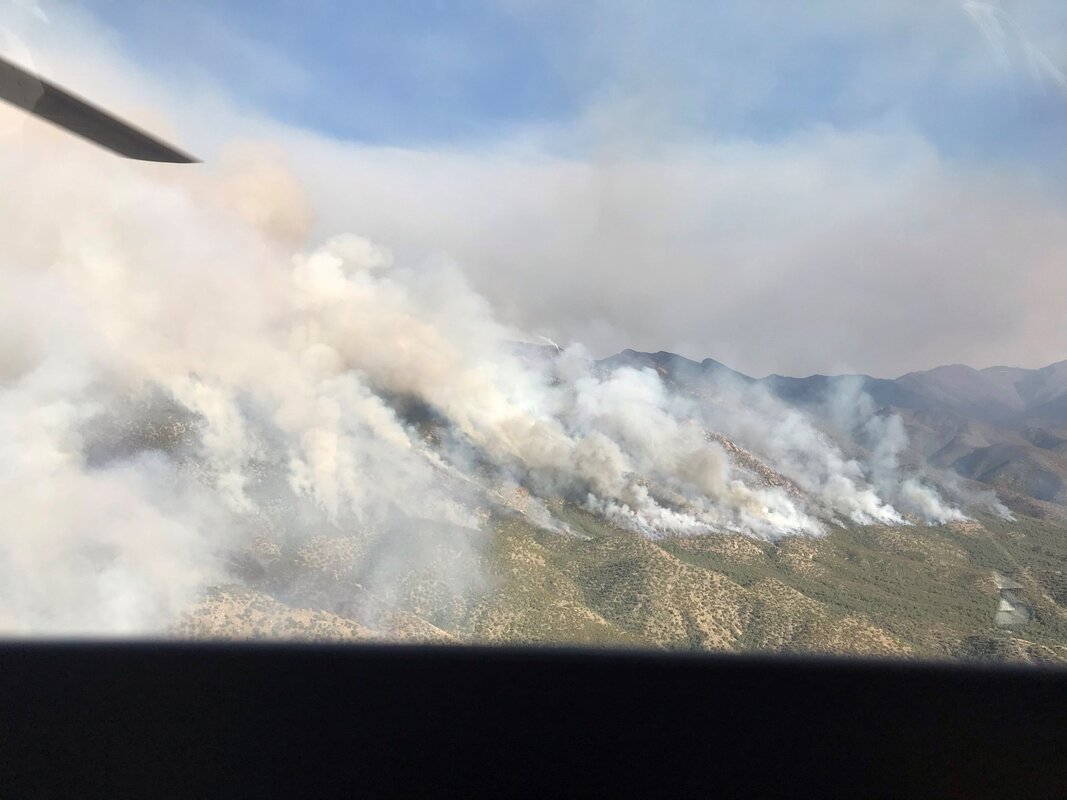
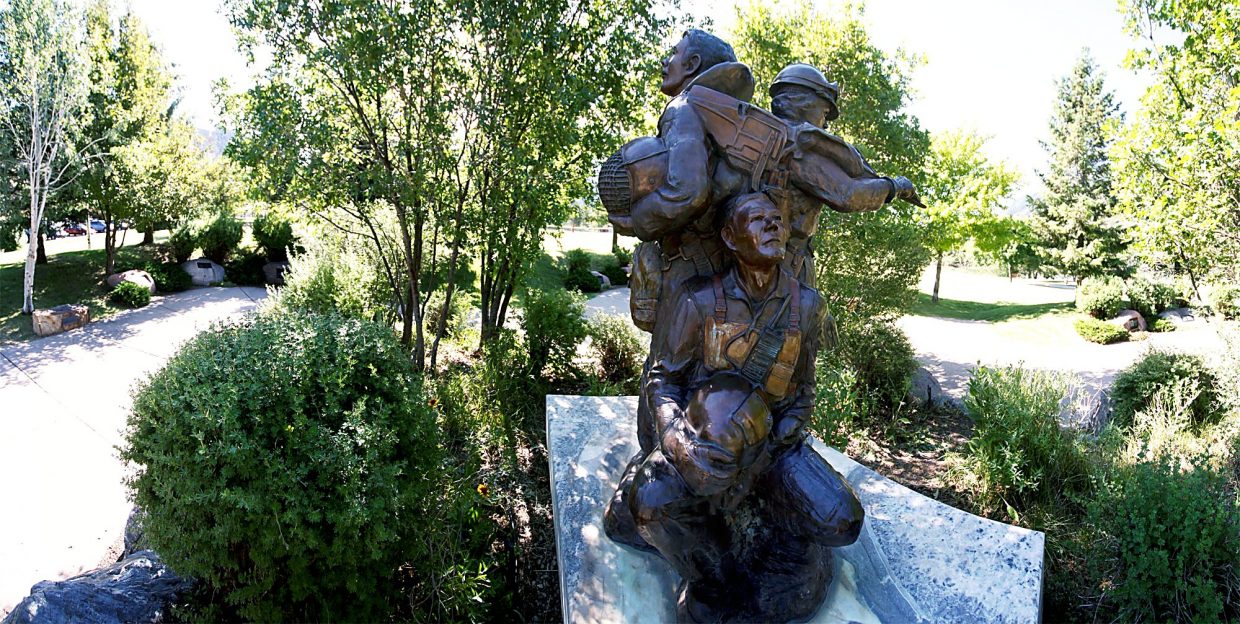
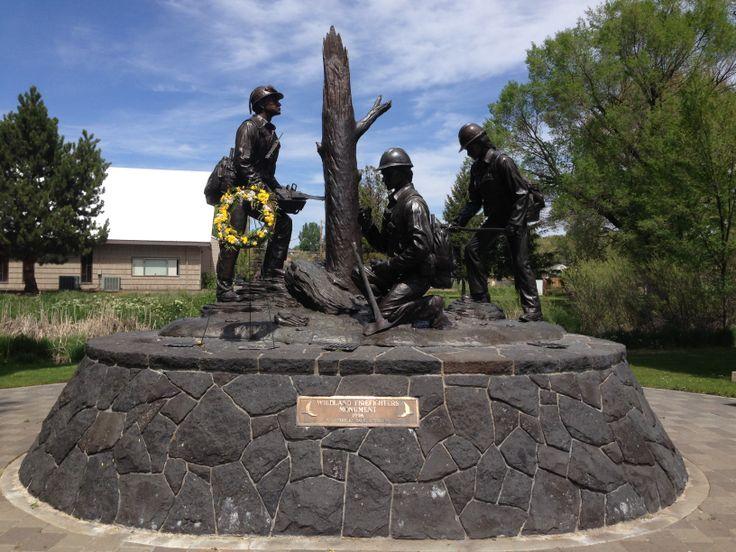
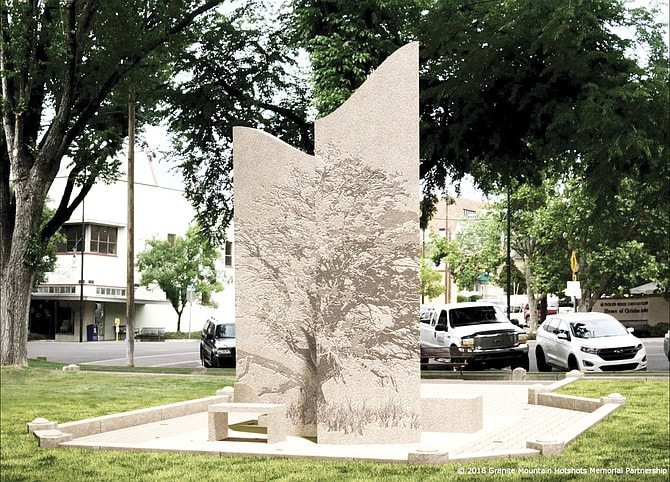
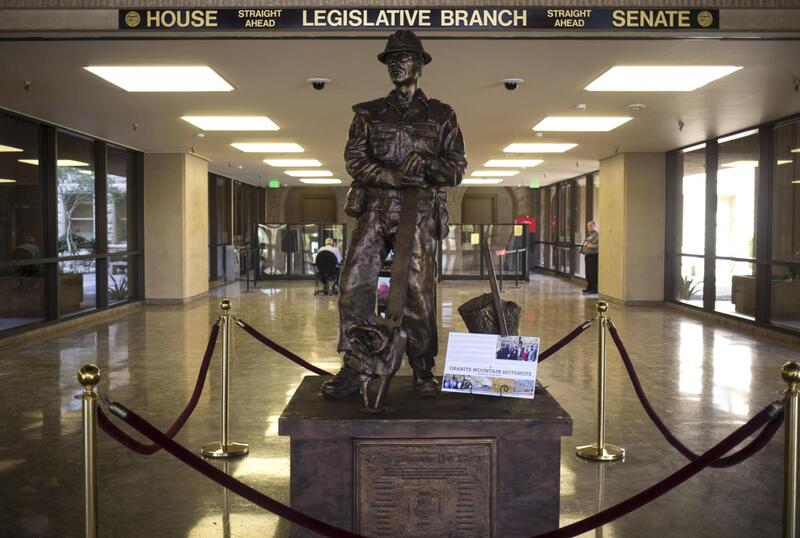
 RSS Feed
RSS Feed